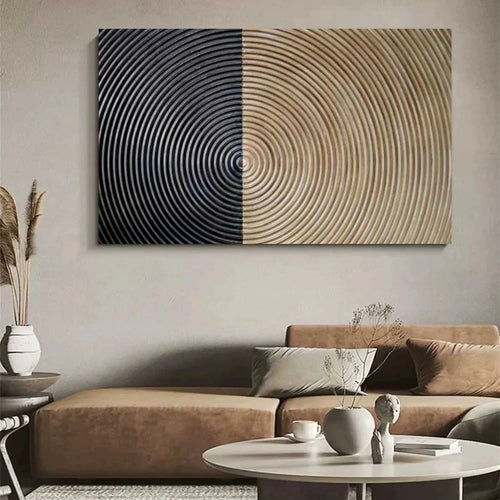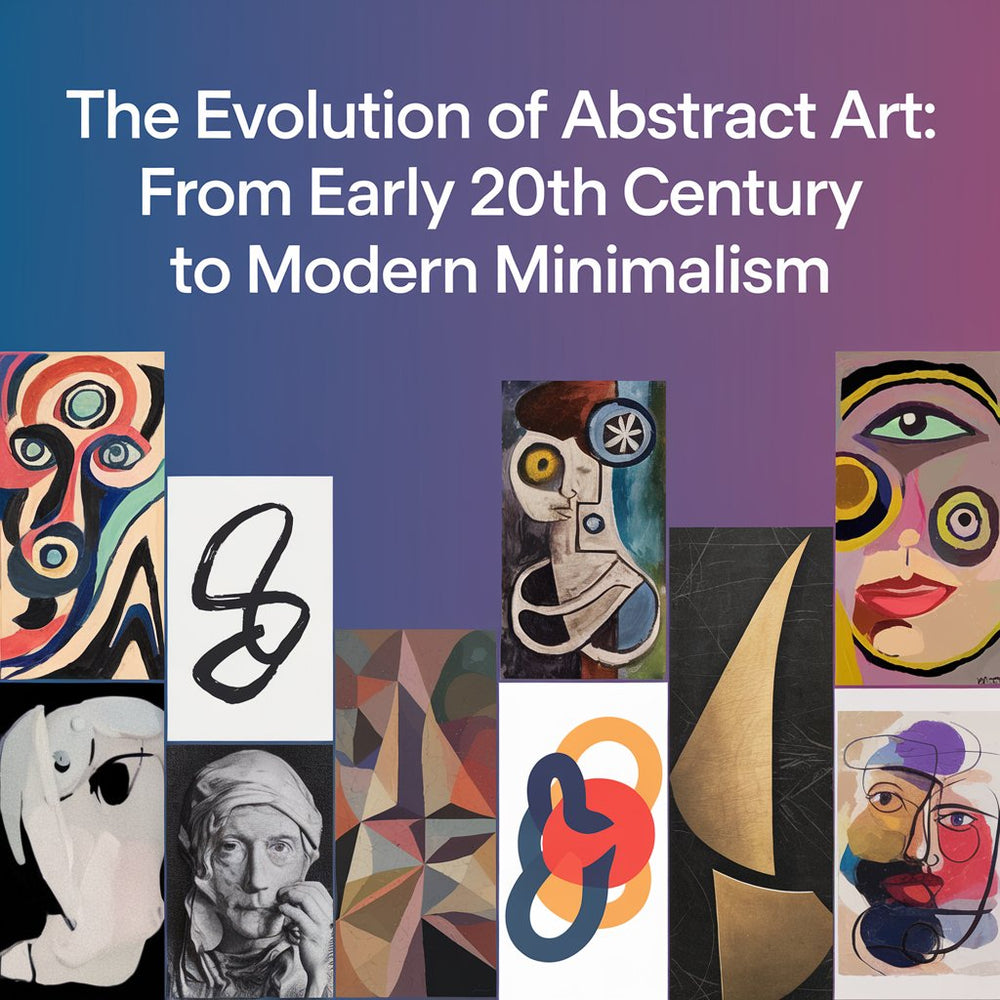Minimalist visual art has captured the hearts and minds of audiences around the globe with its simplicity and purity. This unique style eliminates superfluous elements and focuses on the basics of color, form and texture.
Among the pioneering ranks are six painters whose innovative perspectives have redefined artistic expression. Their groundbreaking works not only challenged traditional paradigms, but also left an indelible mark on the global art world.
This article celebrates these pioneers who transformed complexity into minimalist masterpieces that continue to inspire generations to come.

Frank Stella
Frank Stella, born in 1936, revolutionized minimalist painting with his abstract and geometric style. His art challenged the traditional rules of composition and expression.
The “Black Paintings” series, created between 1958 and 1960, stands out among his works. These artworks show black stripes in a symmetrical pattern contrasting with a monochromatic background. Their design emphasizes the flatness of the canvas and eschews any sense of depth. This approach significantly contributed to the identity shaping of the minimalist movement through its simplicity and boldness.

Agnes Martin
Agnes Martin, born in 1912, became a key figure in the art world with her serene abstractions. Her work delves into spirituality, nature, and the depths of emotional expression. She used soft lines, grids, and gentle colors to convey her subjects.
Martin's unique approach includes hand-painted grids on expansive canvases. She enhances these patterns with light washes or soft tones. This technique not only creates a serene atmosphere, but also encourages the viewer to immerse themselves in peace.
Her art is an invitation to serenity, inviting one to explore quiet moments through its repetitive and delicate patterns. Each of Martin's works proves that simplicity can have a profound effect on our emotions and feelings of calm.

Ellsworth Kelly
Ellsworth Kelly, born in 1923, is a groundbreaking American painter. He championed minimalism by simplifying everyday shapes into striking compositions. His artwork is characterized by vibrant colors and contains no figurative elements.
Kelly aimed to reduce visual art to its essence, focusing only on pure form. He strongly believes that art should be experienced directly, without any narrative or symbolism.
His unique use of bright color palettes and precise geometric shapes produces visually compelling works. These works invite the viewer to rethink their perception of shape and color in the realm of abstract art.
Through his innovative approach, Kelly significantly influenced the development of minimalism in modern painting. He left a legacy that continues to inspire artists around the globe who explore simplicity and abstraction in their work.

Donald Judd
Donald Judd was a key figure in the art world and had a profound impact on the rise of minimalism. At Minimalist Gallery, we celebrate his legacy. Unlike Abstract Expressionism, which focused on expressive brushstrokes, Judd employed industrial materials like Plexiglas and metal to create his work.
He innovatively used repetitive geometric shapes to make sculptures. These artworks delve into the intricate interplay between space, form and color. In this way, Judd revolutionizes our perception of artistic expression.
Judd's commitment to simplicity and precision has left an indelible mark on contemporary art. His work continues to inspire artists and enthusiasts at Minimalist Gallery today. Through his pieces, viewers are invited to explore the profound relationship between objects and their environment.
In promoting Minimalism, Donald Judd challenged the traditional aspects of technique - ushering in a new era of aesthetic appreciation focused on clarity and substance.

Robert Lehman
Robert Lehman, born in 1930, revolutionized the art world with his white-on-white paintings. His minimalist style focused on experimentation with texture and brushwork. This approach allowed him to create unique variations using a limited range of colors.
Lehmann's philosophy centers on reducing painting to its core components: paint, surface and light. He aims to highlight the material nature of the medium through this subtraction. By doing so, he brings a new level of appreciation to the hidden subtleties of monochromatic works.
His innovative techniques challenge traditional perceptions of art and painting. Lehmann invites the viewer to interact deeply with the canvas, discovering the intricate details and textures that emerge from the precise application of white paint.
Through his groundbreaking explorations, Lehmann has left an indelible mark on contemporary art. Artists around the world who seek to break boundaries and explore the nature of their chosen medium continue to be inspired by his legacy.

Agnes Denes
Agnes Denes, born in 1931, is a pioneering artist who combines minimalism and environmentalism. Her large-scale installations and land art projects focus on pressing ecological issues. “Wheat Field - A Confrontation” stands out among her works, in 1982 she transformed two acres of wasteland near Wall Street into a lush wheat field. This transformation highlighted the challenges of urbanization and sustainability, drawing attention to the delicate balance between nature and human development.
Through her innovative approach, Denes not only creates visually stunning work, but also stimulates discussion on important global topics. Her work is a powerful reminder of the potential of art to affect change and raise awareness of environmental protection.



